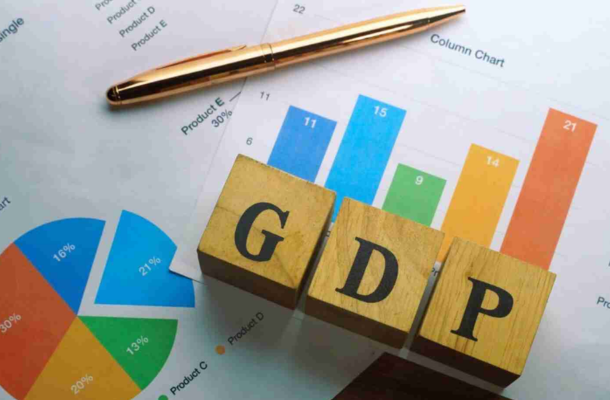
The UK economy contracted more than anticipated in July, with a decline in service sector output posing a greater risk of a significant contraction in August.
Highlights
UK Economy Contracts in July
The UK economy experienced a contraction in July, as indicated by the GDP report. Previous economic indicators such as retail sales and services sector PMI numbers had already signalled a deteriorating macroeconomic environment.
The July contraction was measured at 0.5%, contrasting with the 0.5% growth seen in June. Economists had anticipated a milder contraction of 0.2%. Notably, the GDP report aligned with the Bank of England's plan to maintain interest rates unchanged.
Sector Contractions
- Service sector output, the main contributor to the overall GDP decline, declined by 0.5%. This was a significant drop compared to the modest 0.2% increase in June.
- Consumer-facing services saw no growth in July, in contrast to the 0.5% growth observed in June.
- Manufacturing production witnessed a decline of 0.8%, resulting in a 0.7% decrease in industrial production.
Implications for the Services Sector
Considering the July Labor Market Overview Report, an increase in unemployment could further impact service sector output. As the services sector accounts for 80% of the UK economy, this suggests a more pronounced contraction in August. This aligns with the August service PMI numbers indicating a deeper contraction.
GBP to USD Reaction to the UK GDP Report
Prior to the release of the GDP report, the GBP/USD pair initially rose to $1.25024 but later declined to $1.24809. Subsequently, after the release of the GDP report, the pair reached a high of $1.24862 before falling to $1.24530. At present, the GBP/USD stands at $1.24580, representing a 0.23% decrease.
Up Next
US CPI Report and Fed Interest Rate Hikes
With the UK GDP report suggesting a halt to BoE rate hikes, attention turns to the US Federal Reserve. Market sentiment towards rate hikes will be influenced by the upcoming US CPI report. Economists anticipate an increase in the US annual inflation rate from 3.2% to 3.6%. However, core inflation is expected to decrease from 4.7% to 4.3%. As market participants focus on core inflation to assess the trajectory of interest rates, higher-than-expected figures may reignite expectations for a September rate hike, and potentially revive concerns of a US economic slowdown.

Subscribe to our daily newsletter and get the best forex trading information and markets status updates
Trade within minutes!
Comment (0)